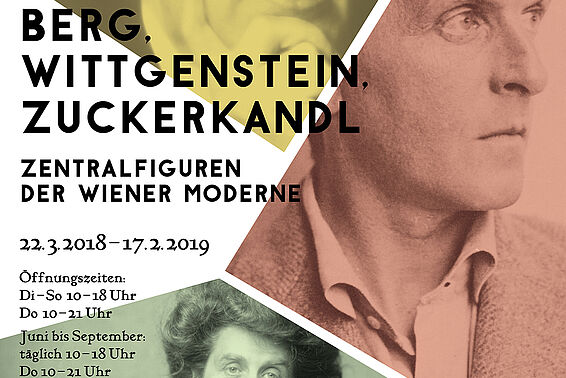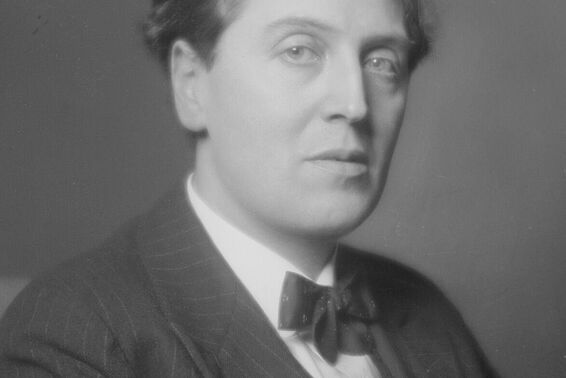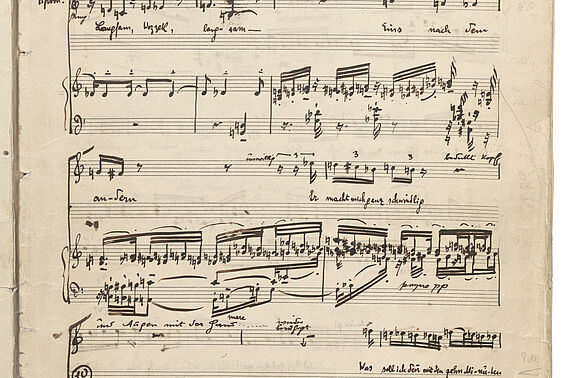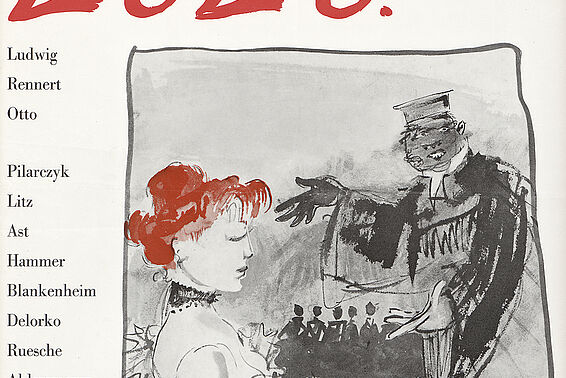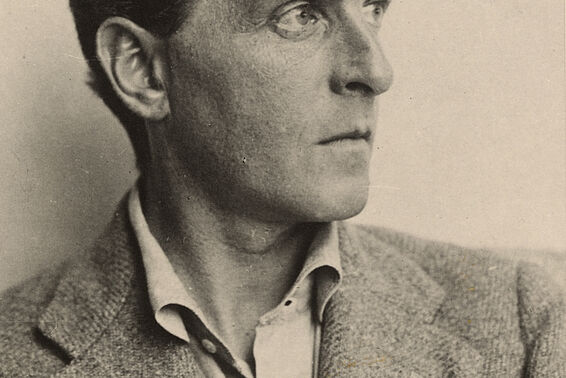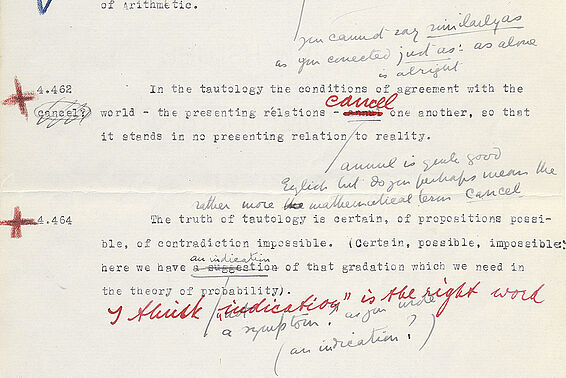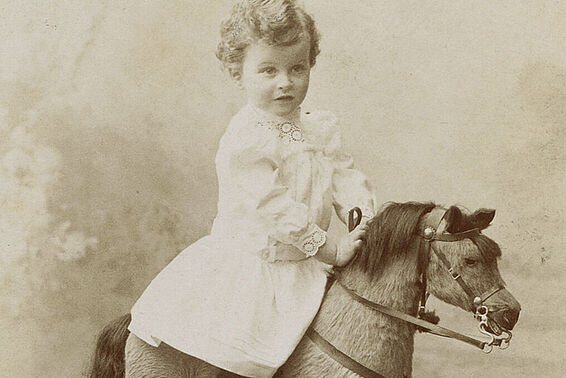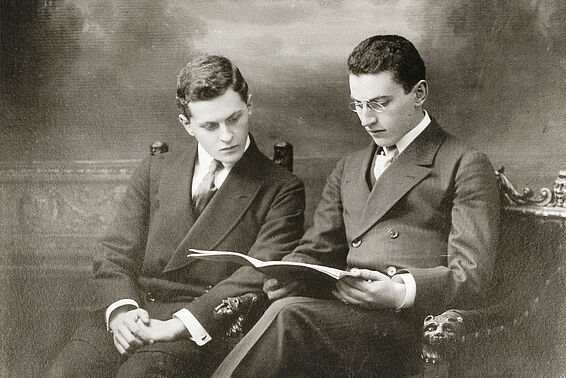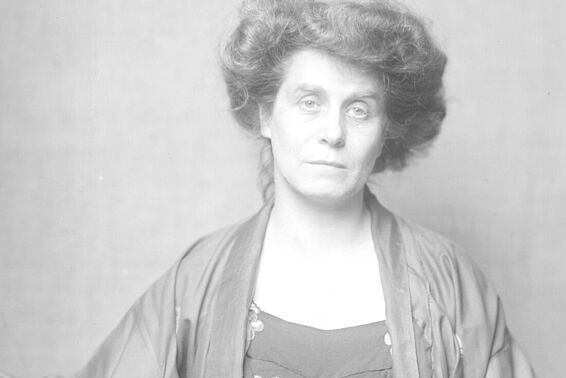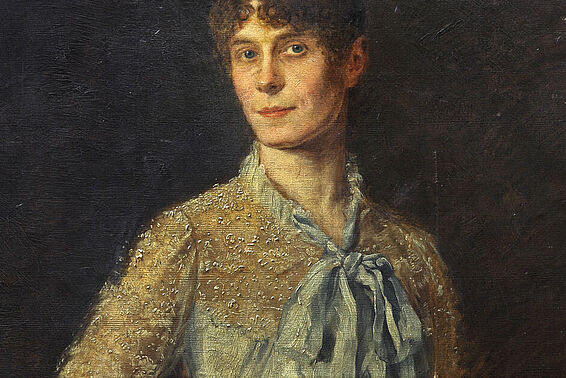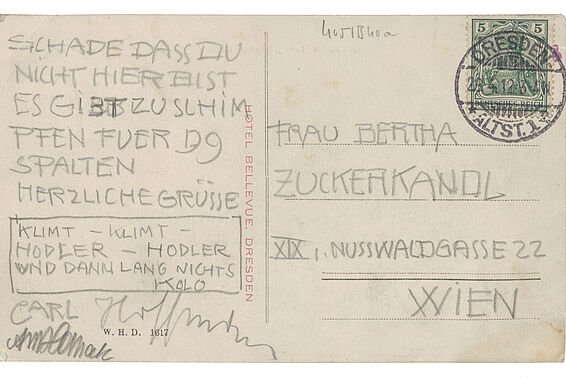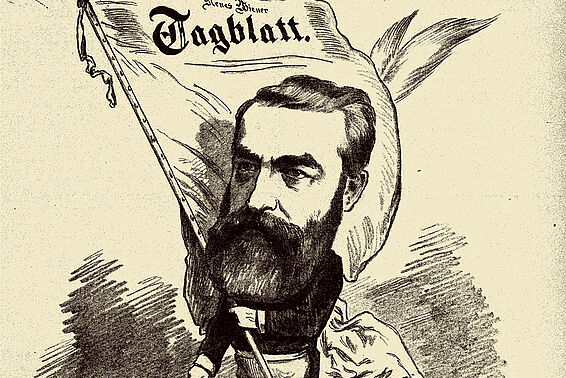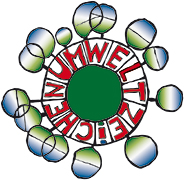Berg, Wittgenstein, Zuckerkandl: Central figures of Viennese Modernism
Welcome to the “experimental station for the apocalypse”
Around 1900, Vienna was the dazzling centre of numerous intellectual and cultural movements that have lost nothing of their fascination to this day. Pictures and documents, some of which have never been shown before, present a vivid impression of life and ideas in the “experimental station for the apocalypse” (Karl Kraus).
Family, artistic and social networks of Viennese Modernism
- Berta Zuckerkandl (1864–1945) welcomed many famous personalities in her salons, including Hugo von Hofmannsthal, Arthur Schnitzler and Stefan Zweig. She particularly espoused the cause of Gustav Klimt and the artists of the “Wiener Werkstätte”, and through her family she had close links to French art and politics.
- Ludwig Wittgenstein’s (1889–1951) Tractatus Logico-Philosophicus was completed in August 1918, and can be regarded as the key philosophical and literary work of the period. A manuscript in his estate contains the sentence “Philosophy should actually only be expressed in poetry”. The Wittgenstein family was one of the most important patrons of literature, art and music of the time.
- Literature also plays a central role in the works of the composer Alban Berg (1885–1935). The first performances of his settings of texts by Peter Altenberg in 1913 led to tumultuous scenes, while his operas based on Büchner’s Woyzeck and Wedekind’s Lulu are amongst the most powerful works of Modernism in music.
The exhibition takes the interaction between these three key figures to demonstrate the multiplicity of connections between art, literature, music, architecture and philosophy.

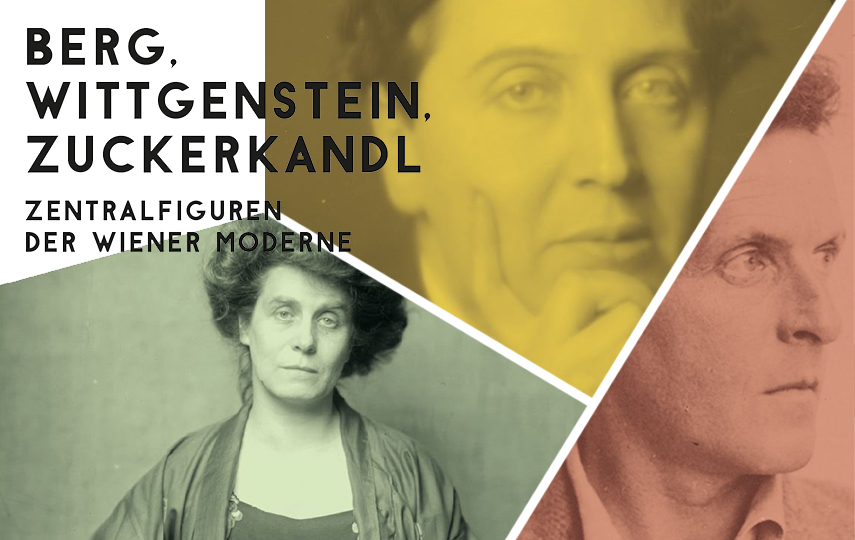

![[Translate to English:] Eintritt frei für alle unter 19 - Logo](https://webarchiv.onb.ac.at/web/20230707154027im_/https://www.onb.ac.at/fileadmin/user_upload/3_Logos/Logo_EintrittFrei_RGB_neu.jpg)
